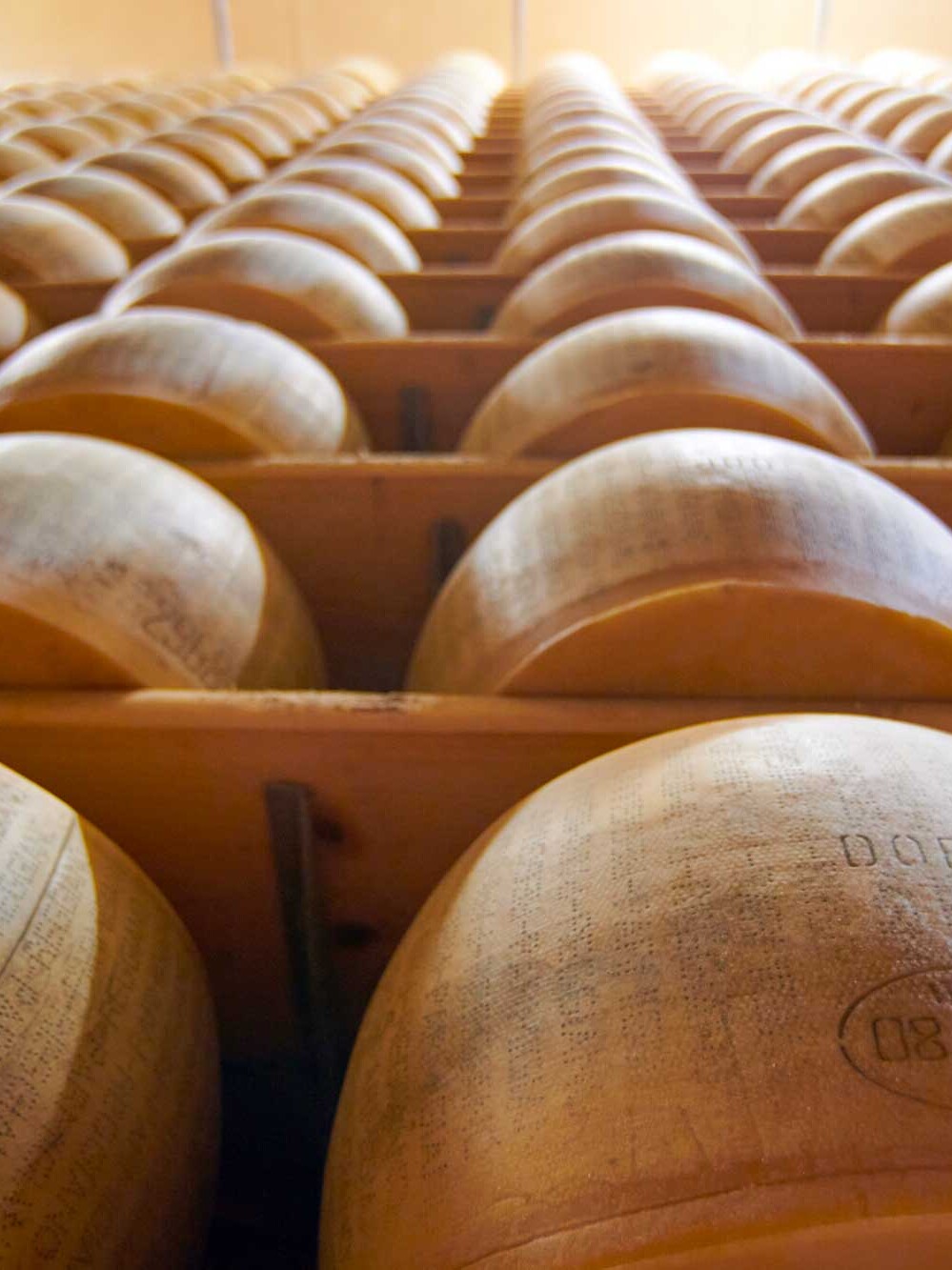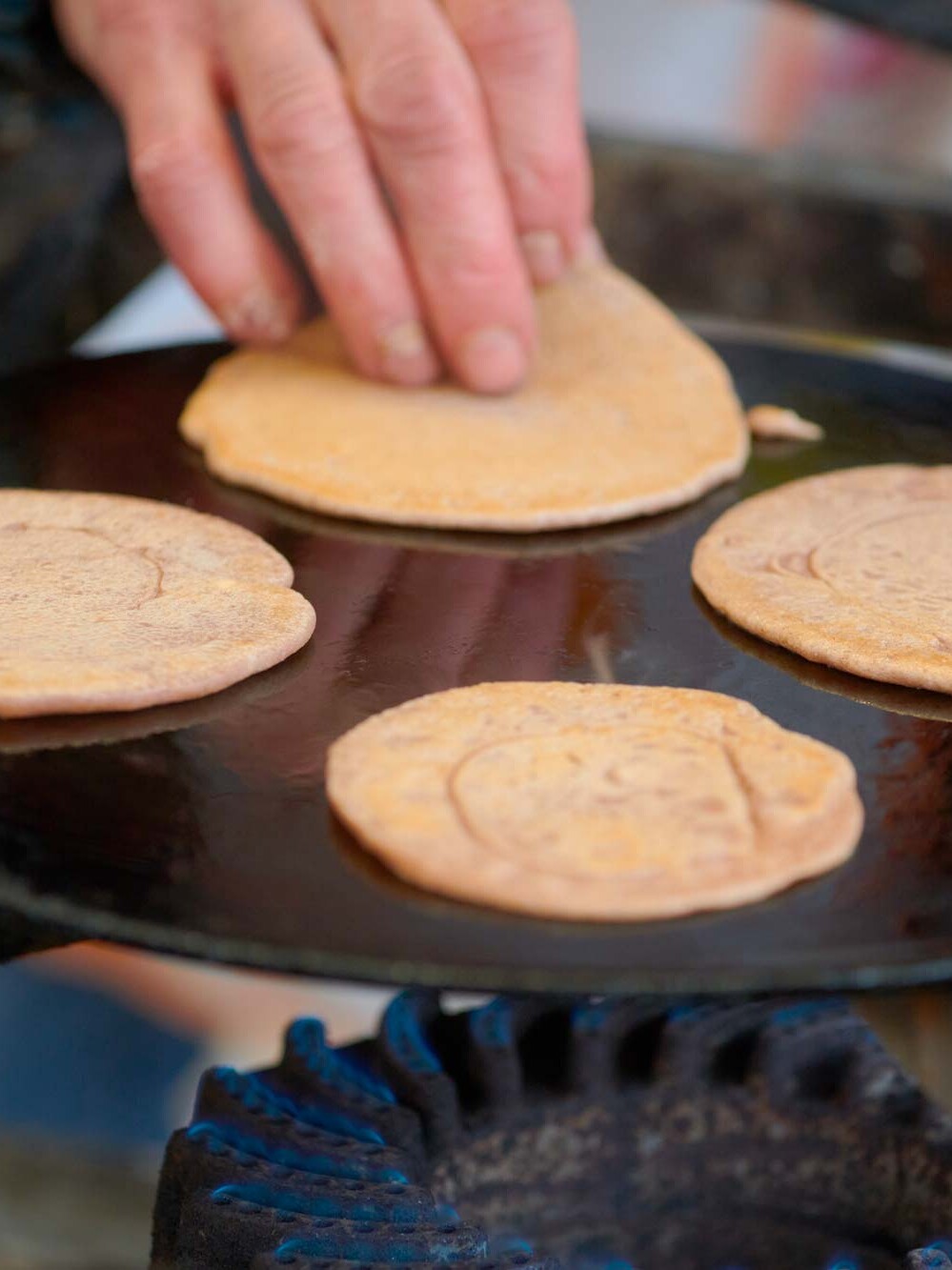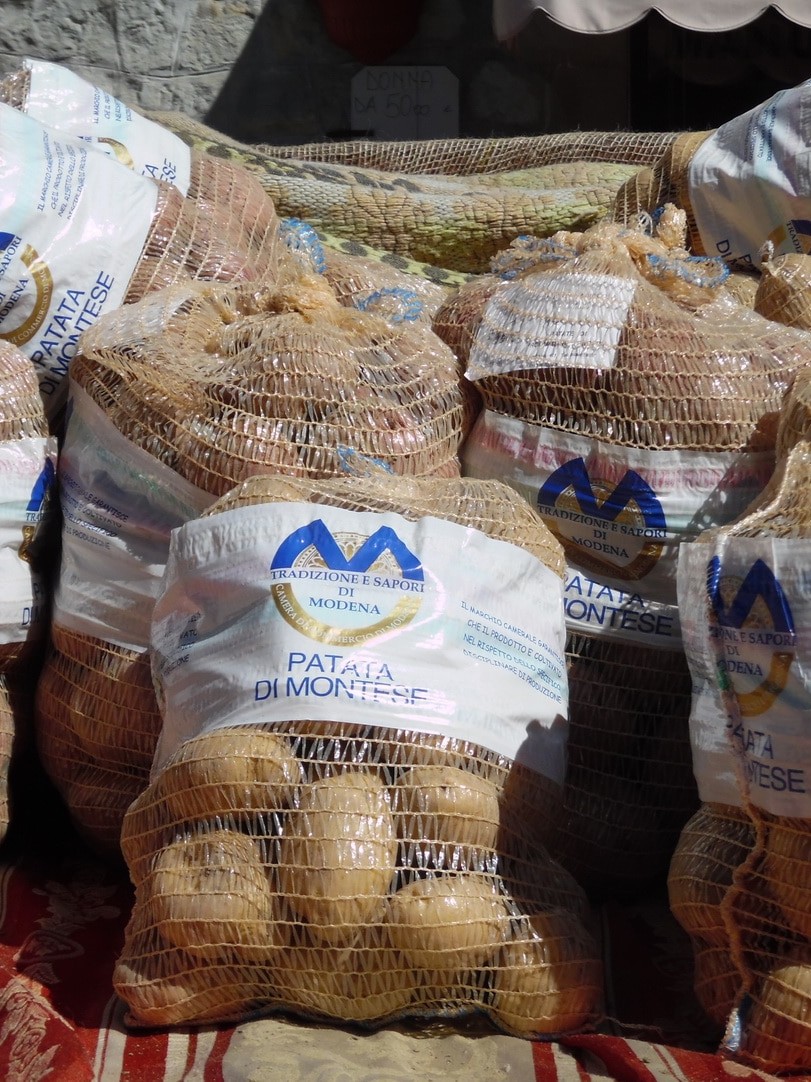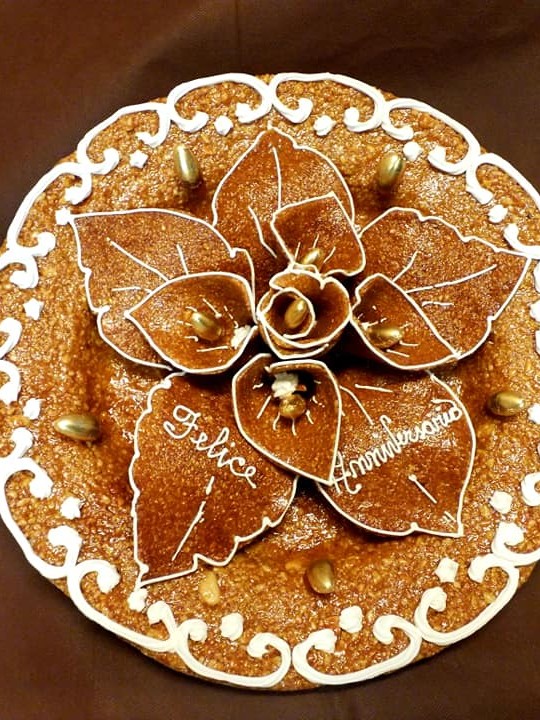Info
“Zampanelle”, or, as they are more commonly known on the plain to the north of Modena, “borlenghi” or “burlenghi”. They are typical of Montese, where they are prepared with great skill. Regardless of the name, they are similar to a crepe or pancake.
In some villages, such as Sestola and Fanano, the name “berlenghi” refers to a cross between “borlenghi” and “crescentine” (flatbreads), prepared using so-called “cottole”, flat frying pans made from iron or cast-iron, that are greased and then heated on the stovetop. The difference in name, although minimal, is often the subject of lively debate between the different villages.
Unlike “crescentine” and “berlenghi”, “zampanelle” (or “borlenghi”) do not fill you up straight away, and so are best enjoyed whilst whiling away the time in the company of friends, as is the tradition especially during carnival time.
Back in the days when cooking was done over the open fire, copper frying pans, called “ruole”, were used. These were about 30 cm in diameter and were attached to an iron tripod that was placed on the embers of the fire; “zampanelle” would have been a little thicker then. Nowadays, the “ruole” used have increased in diameter to about 45 cm, and today’s “zampanelle” have become thinner.
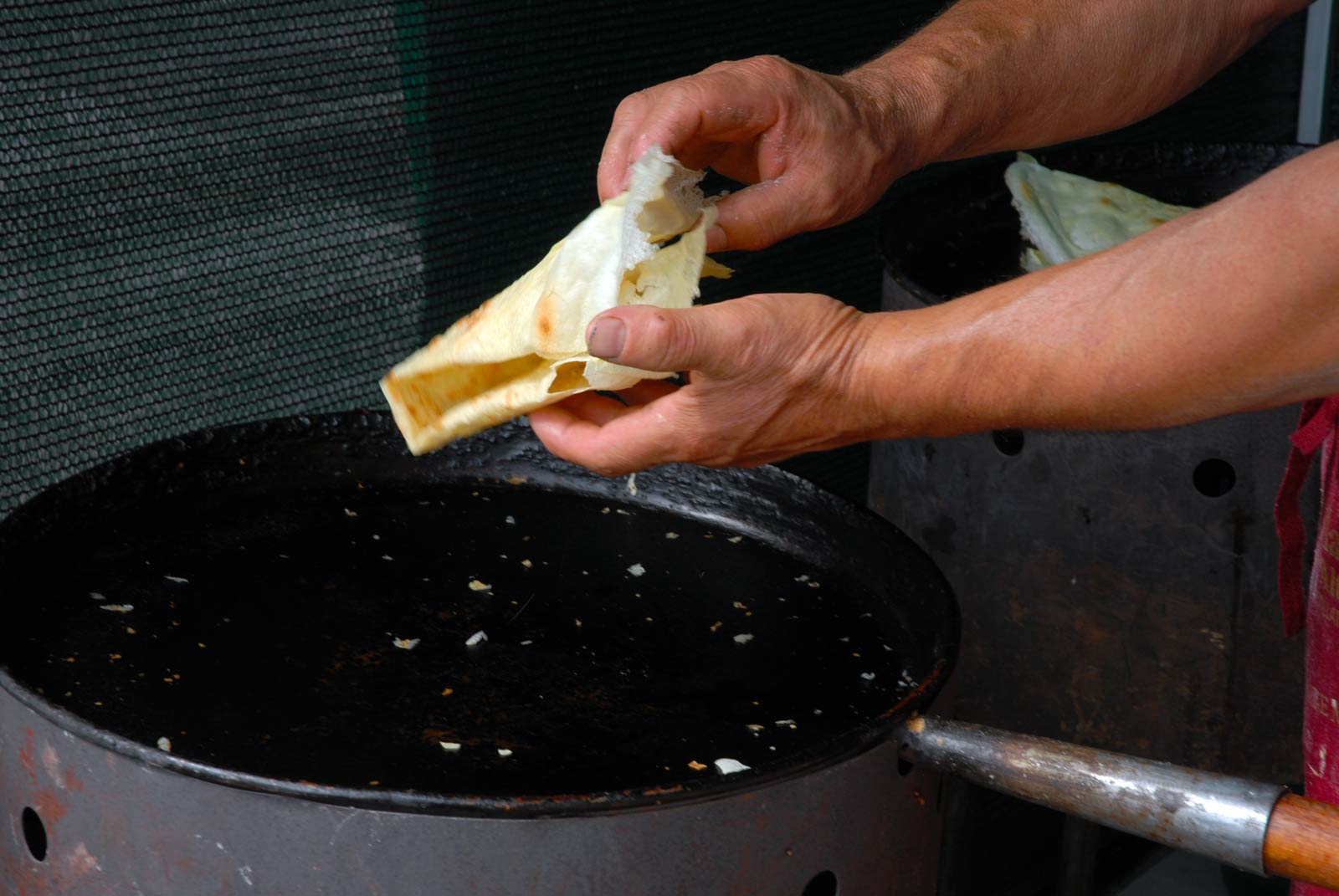
Origins of the name “borlengo”
A fun fact about the name: some say that it comes from the word “burla”, meaning a trick or practical joke, in reference to the period of Carnival, when the playing of practical jokes is common, and during which “borlenghi” were originally made.
Others claim that the dish itself originated from a one such trick; the batter was watered down, giving an entirely different result to the original version, giving us what was to become one of the most popular dishes of the Apennines, again born from a prank.
The “zampanella”, or “borlengo”, is typical of Montese. It is often possible to taste this wonderful dish at the festivals and feasts that are organised in the villages of the surrounding area!
Preparing “zampanelle” is not as easy as it might seem, and you need to have the right equipment: a large copper frying pan, and a stovetop big enough to easily manoeuvre the pan; needless to say, almost every household in Montese has the necessary equipment.
For about 20 zampanelle, you need to mix 1 kg of plain flour with a tablespoon of vegetable oil, and enough water to obtain a mixture similar to a liquid batter. Heat the frying pan well, grease it with fresh pork rind and then pour in a large ladleful of batter (about 200 cc), swirling the pan immediately so that the batter covers the entire pan in a very thin layer, before solidifying as it cooks; this will take about 8 minutes in total. After 4 minutes, turn the zampanella over, and cook on the other side for a few minutes. Then spread a knob of fresh bacon, garlic and rosemary pesto over the entire surface, with the help of two forks, and top with a sprinkling of Parmigiano Reggiano; fold in half and then half again, and enjoy while piping hot.



